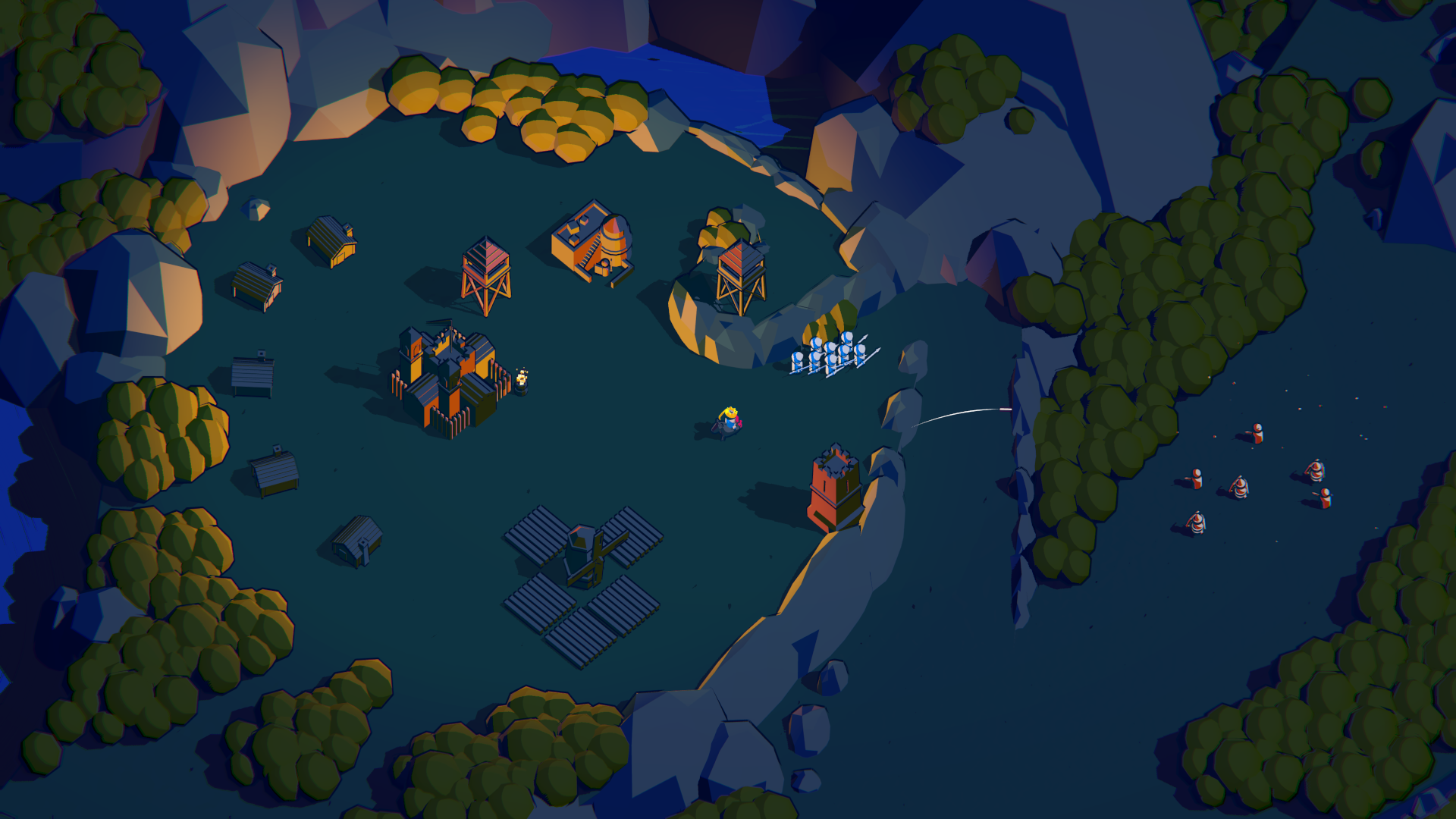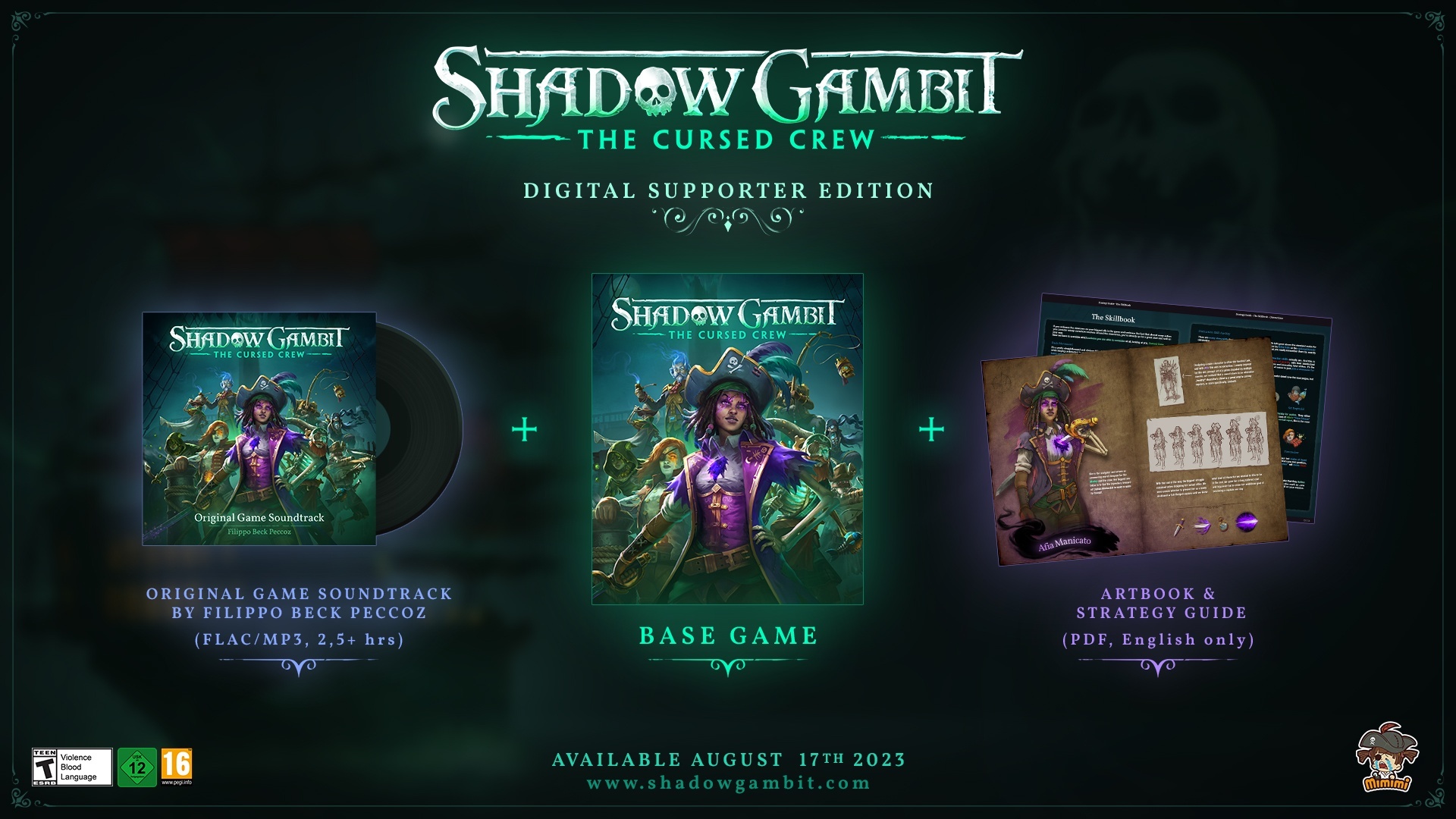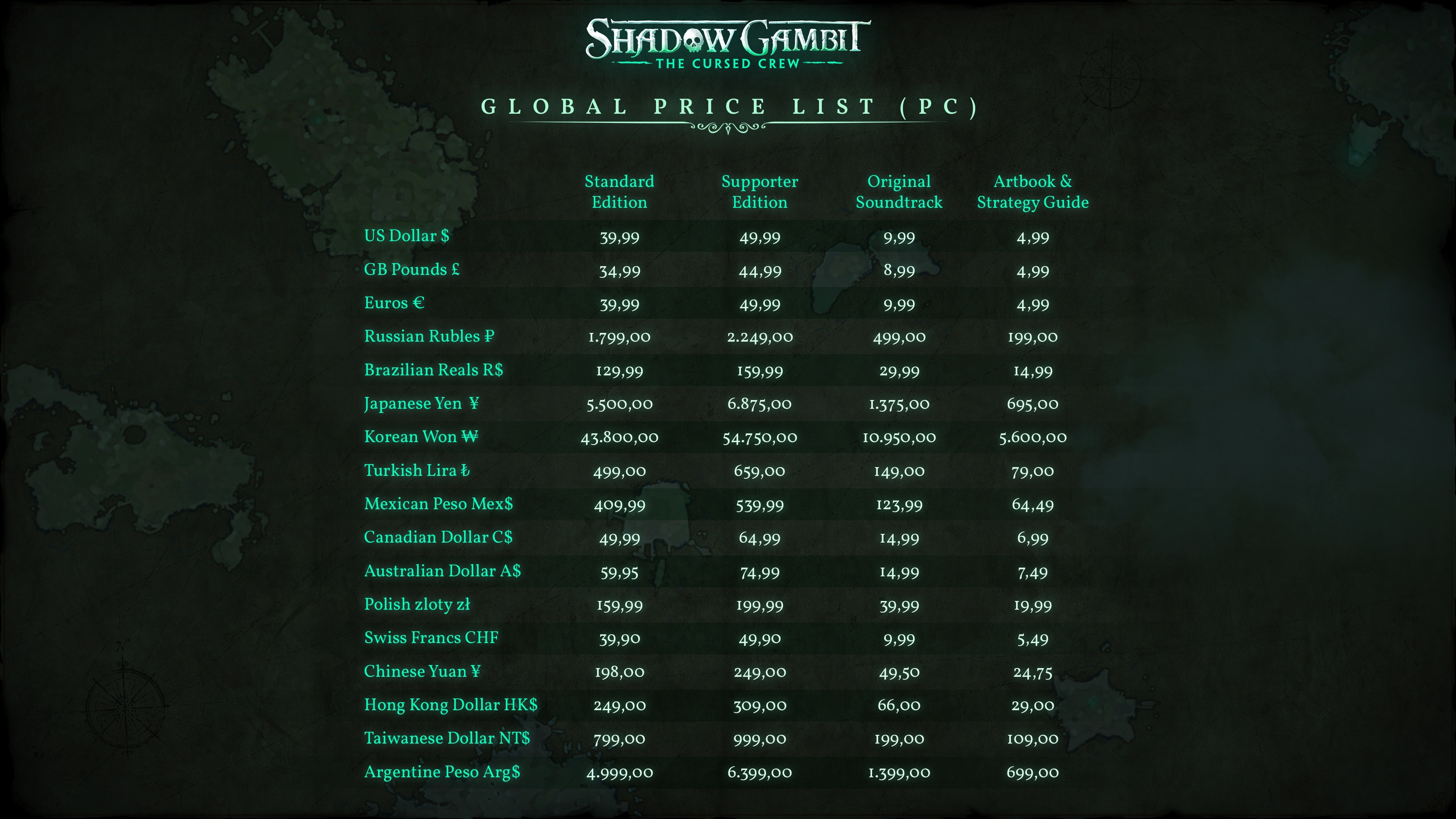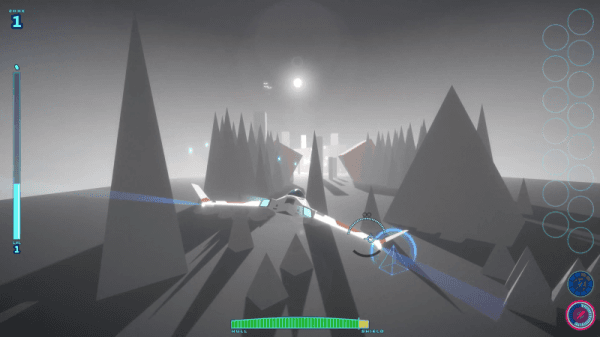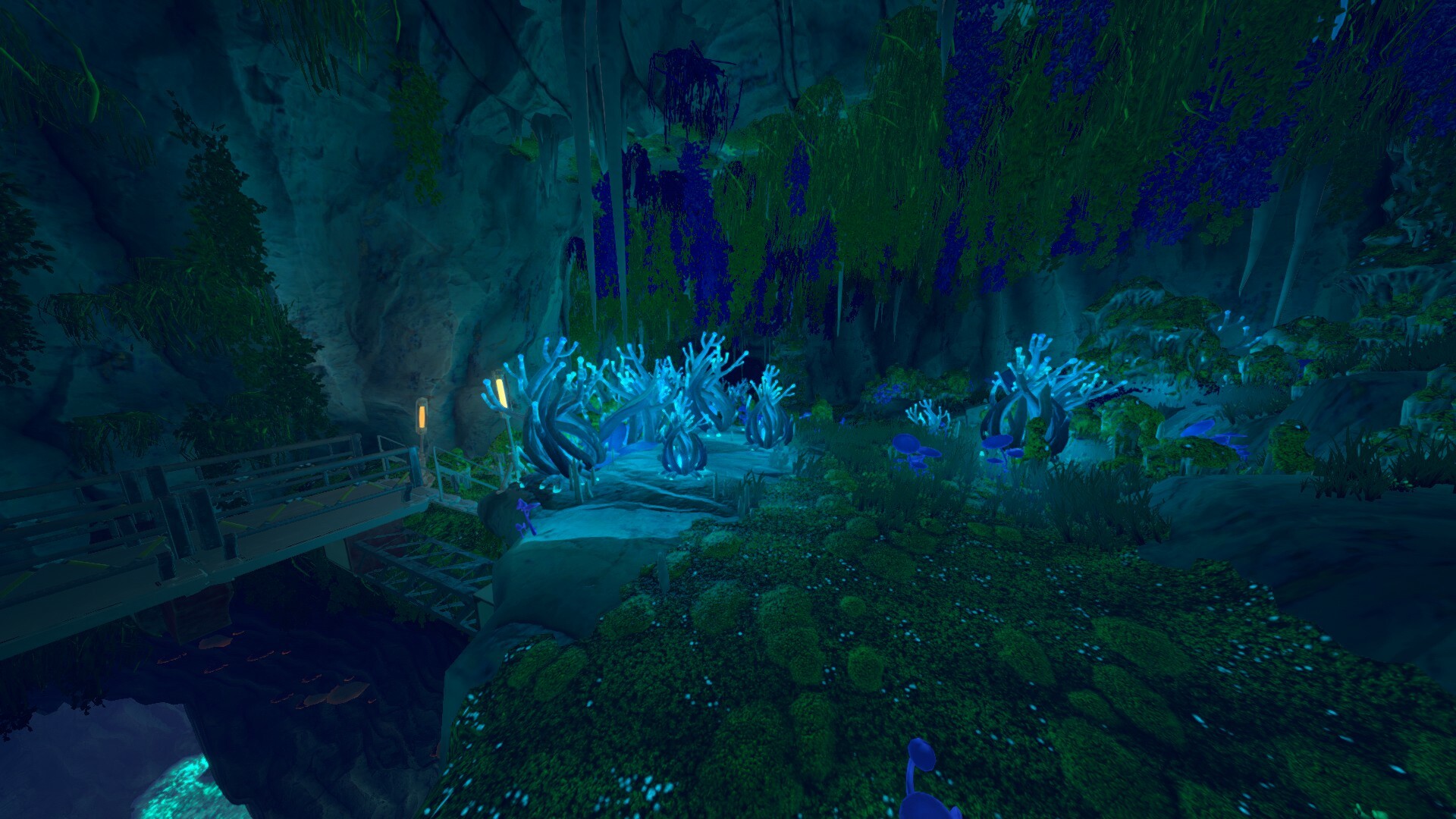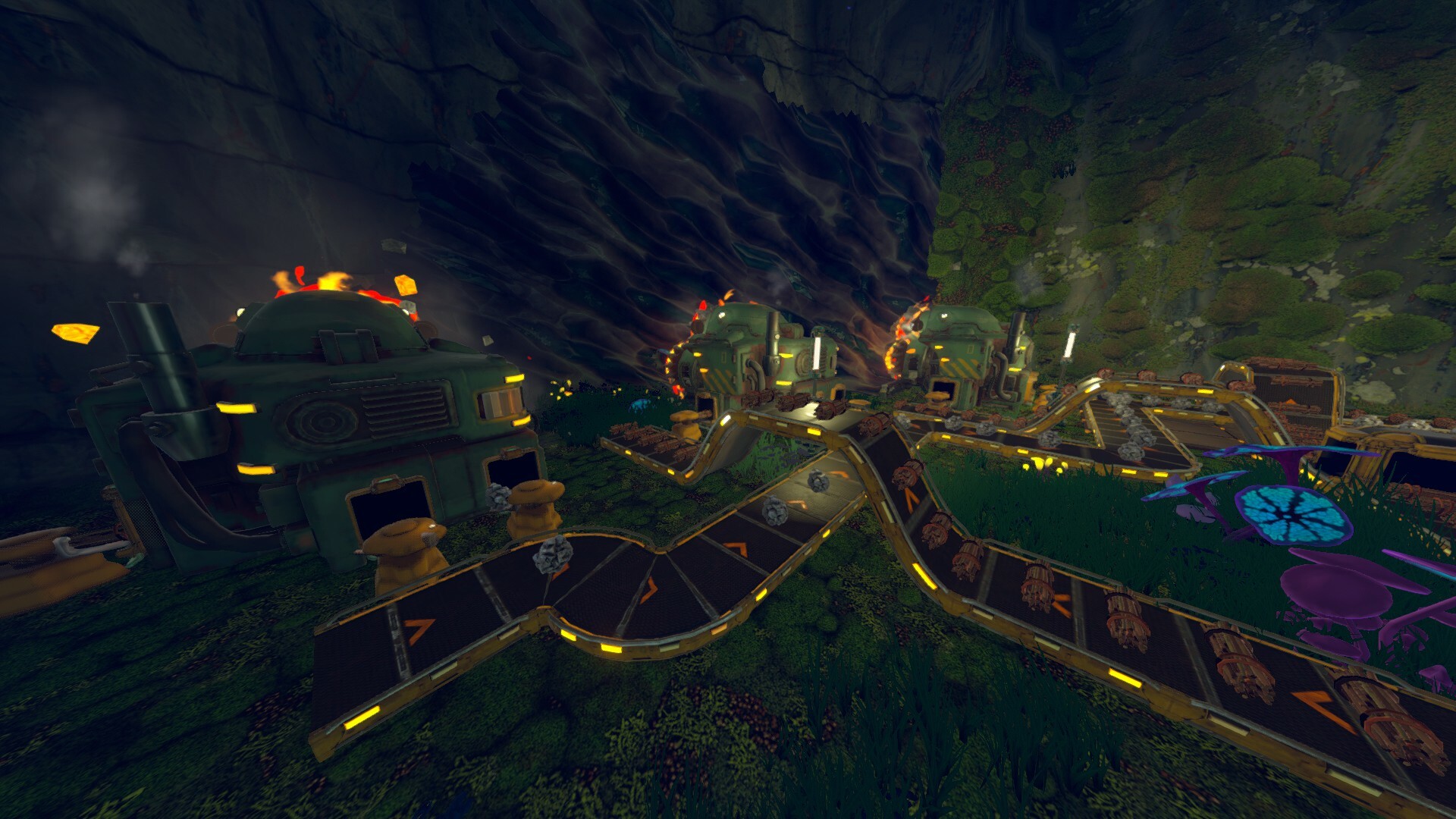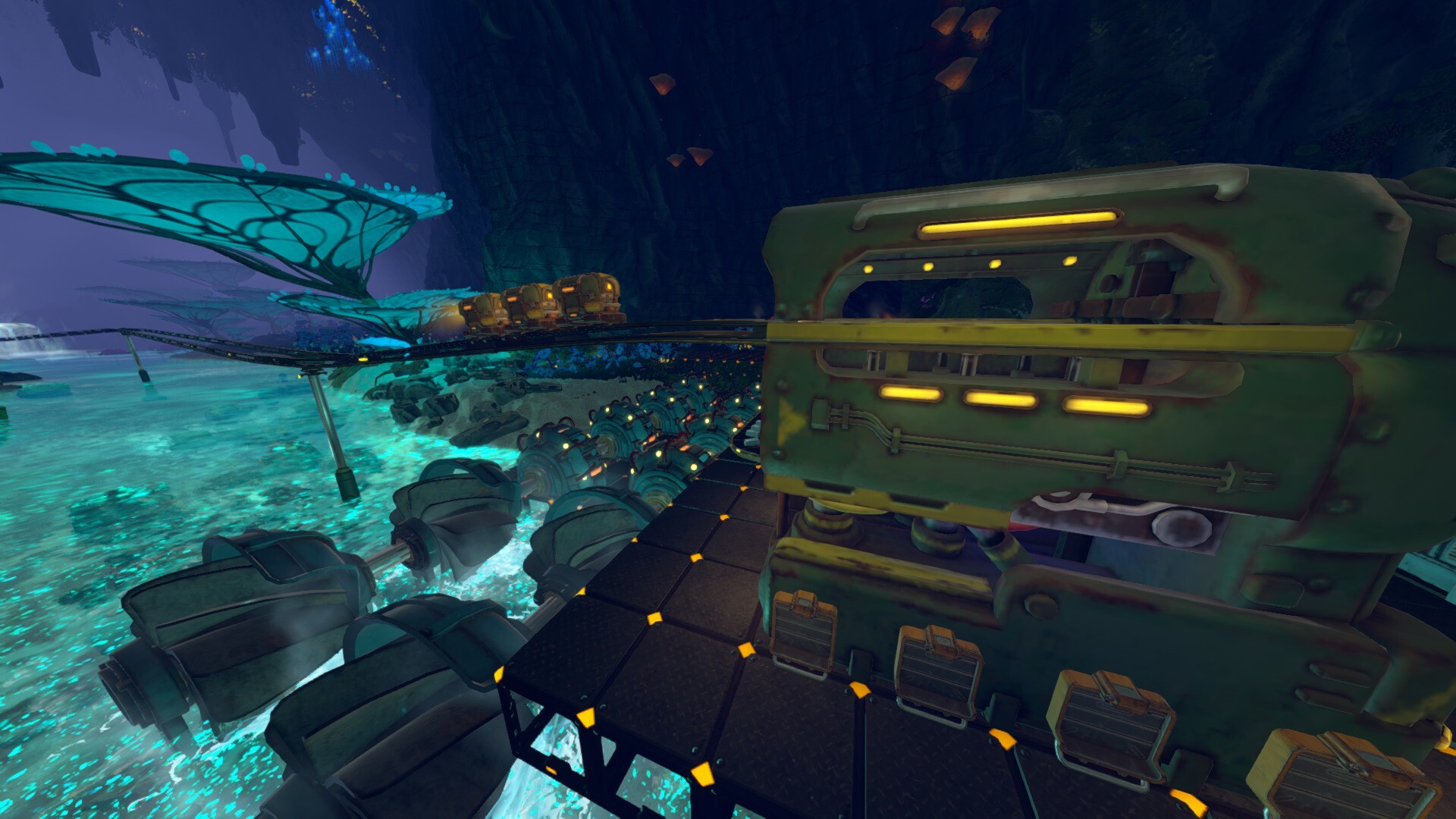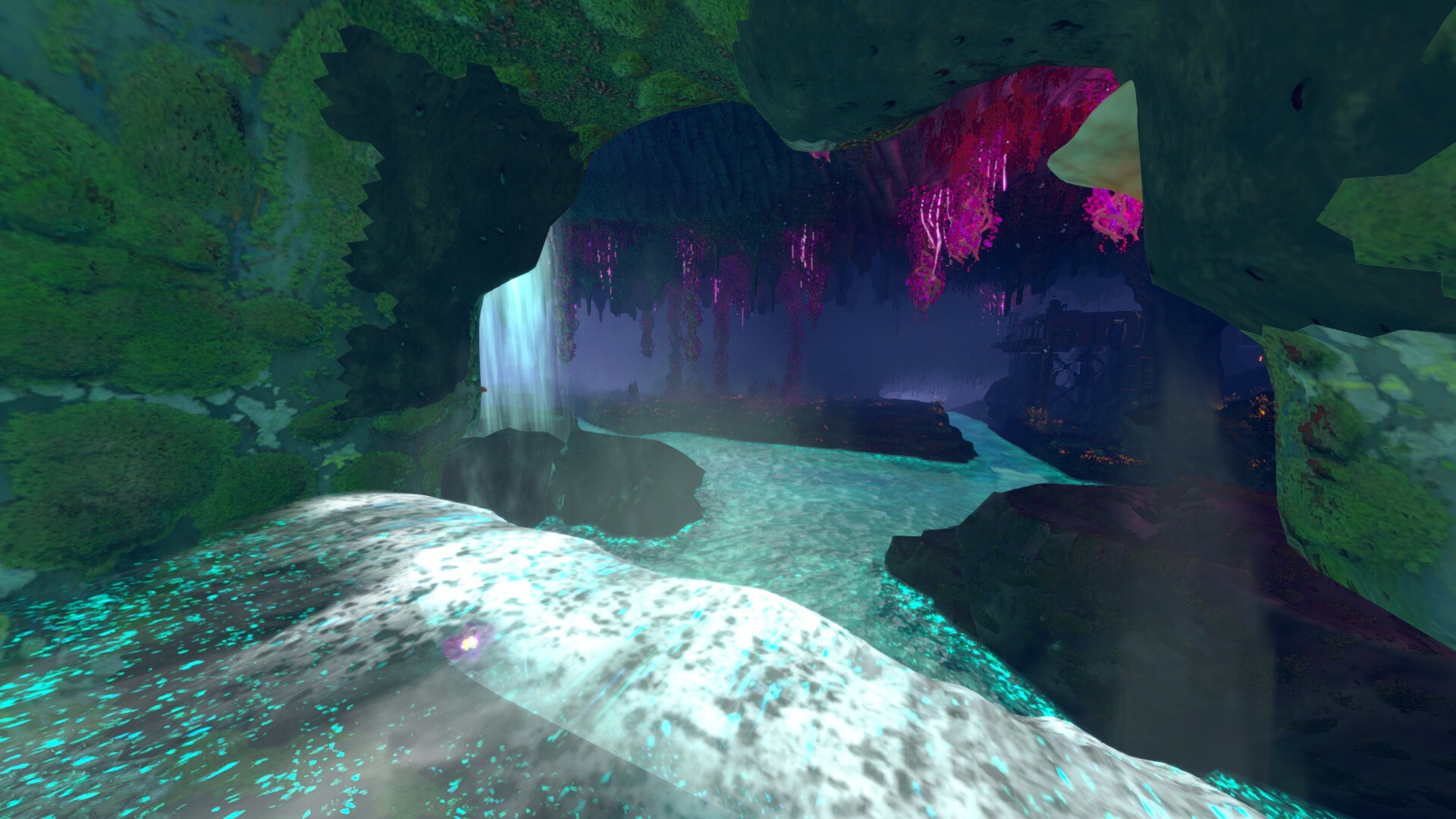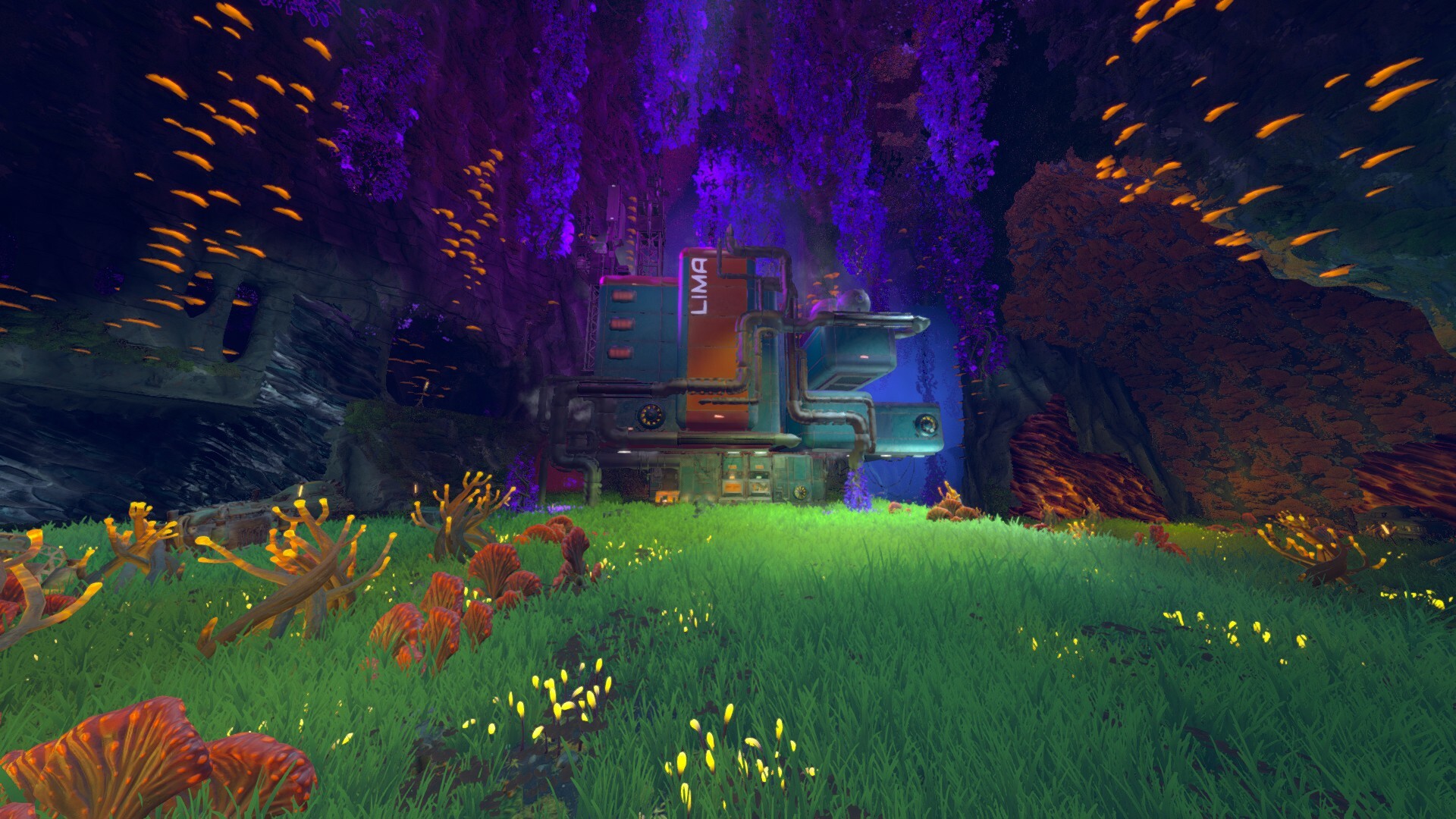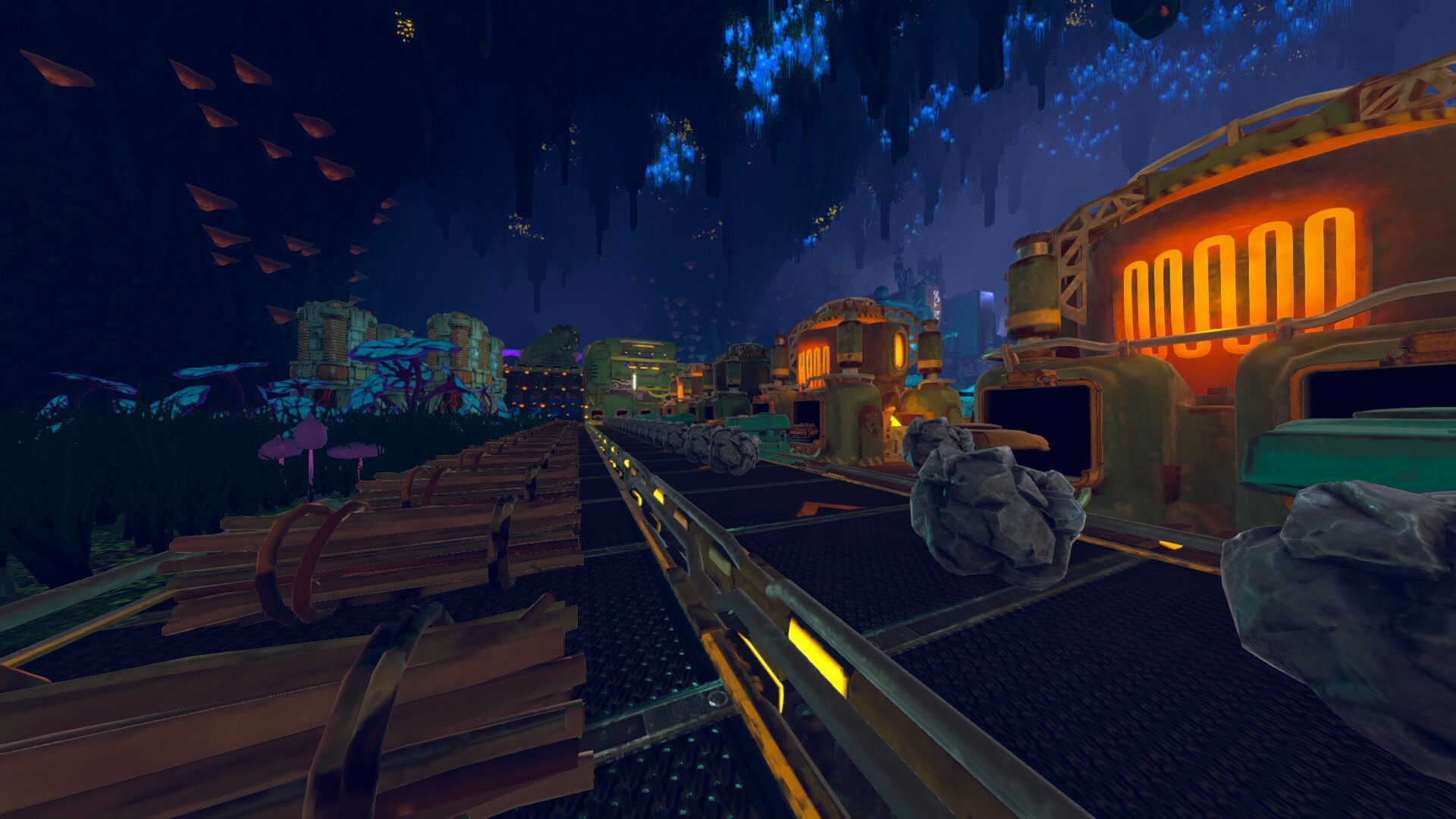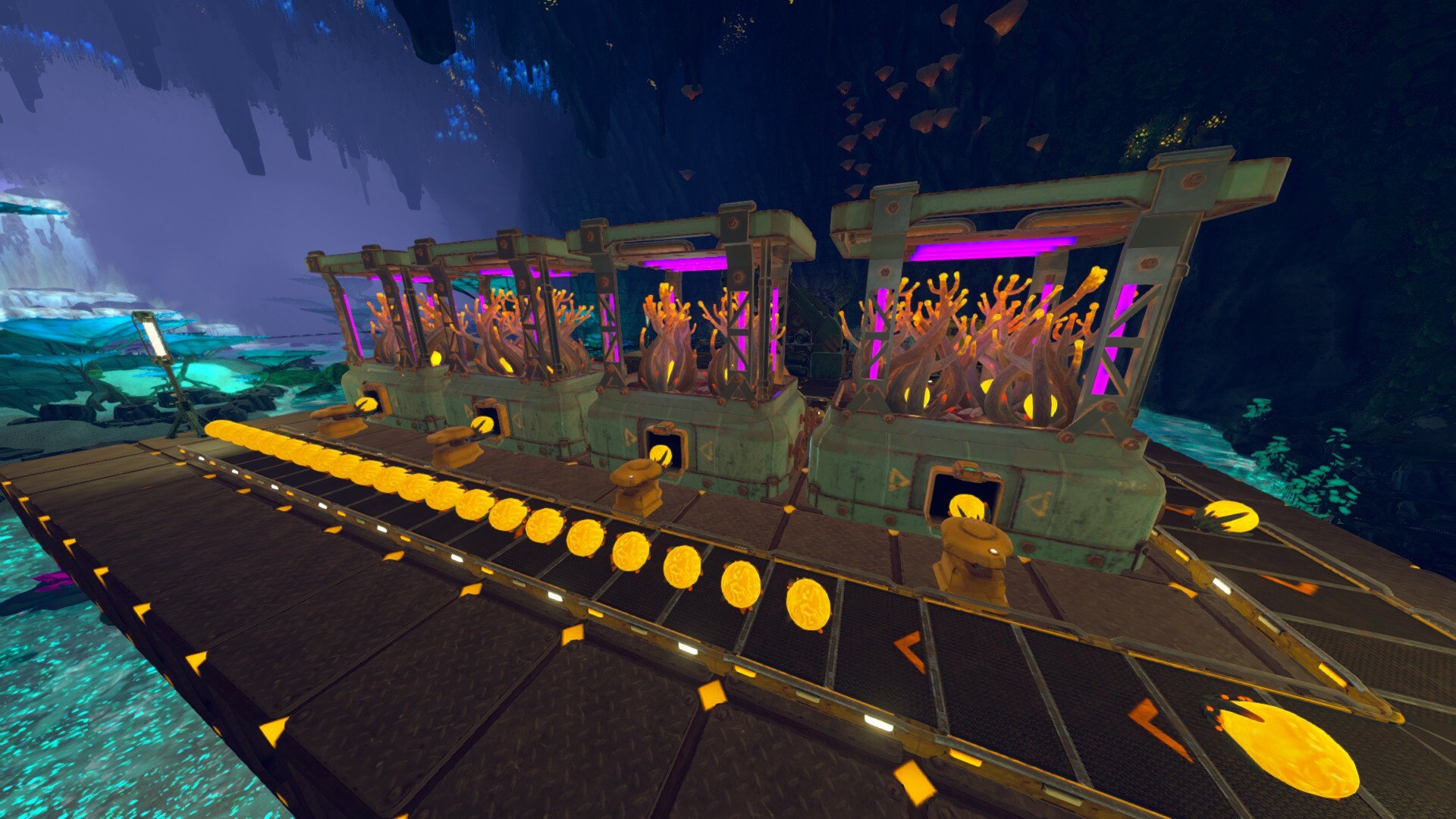
Aug 7, 2023
Thronefall - Paul
Hi there fellow Kings and Queens,
We wanted to give you a quick update on some of your most frequent questions that we're seeing come up over and over again. While it's not all good news, we'd like to be transparent about what you can expect from us moving forward.Will there be an endless mode?A careful yes. At the current stage we can’t make any promises, but it has been one of the most requested features. We love the idea and feel like it would make a great addition to the game. We are fairly confident that it’s something we could manage within our limited resources as a two people dev team, but there is still some research left to do. Please be a little patient, we'll do some experimentation and see what we can make work! :)
Will there be a Linux port for Thronefall?Unfortunately not. It should work okay using Steam Play / Proton, though. In our experience it works really well on Steam Deck, too.
Will there be a multiplayer or co-op mode?No. While we agree that this would be really fun, being just two people our time and resources are unfortunately very limited. Anything multiplayer, even if it is "just" local, is extremely time intensive from a development perspective, and we don't want to release anything half-baked.
Why did the demo get deactivated? Is it intentional?Yes, we deactivated the demo. Initially the demo was meant only for the Steam Next Fest, but because it was so well received we decided to leave it online until release as a little bonus. 🙂
My progress wasn't carried over from the demo. What should I do?While for most of you the progress should carry over from the demo to the main game just fine, it seems like in some cases that did not work out. Big apologies for the inconvenience at this point! Feel free to modify your save file located in Users/Username/AppData/LocalLow/Grizzly Games/Thronefall by opening it up in a text editor. It is written out in plain text so it’s pretty straightforward to modify.
Will there be a level editor or wave editor?No. Level editor definitely not, wave editor most likely not. We know that these can sound straightforward to implement, but they are really not. They would eat up most of our time and we feel like there are more important things for us to work on right now. Remember that this would also require some way of sharing creations etc. which is something we are not quite equipped to with the resources we have available at the moment.
Will there be mod-support?As we have to say no to a lot of your requests, we would love to at least provide you with the ability to make some of it happen yourself. Note, that we need to conduct some further research before we can confirm or promise any specifics, though.
Will there be more content?YES! Besides balancing and bug fixes, that is our number one priority for now. More content is on its way!
Why didn’t you respond to my post/message/e-mail?Honestly we were quite overwhelmed by the massive amounts of feedback and suggestions we received so far! Thank you so much for all of them – they are an invaluable part of shaping Thronfall into a truly good game. While we (and especially our community manager Sacha/Sdan) do our best to catch up with everything it’s outright impossible to respond to every single one of you. We hope you understand!
What will happen during Early Access?Right now we are working on a small quality of life and balancing update that will arrive in about 2 weeks. After that we'll focus on creating the next level and more content. We will continue to monitor your feedback and try to incorporate as much of it as we can into the future development of Thronefall.
We hope that this gives you a good first impression of roughly where we are headed with Thronefall!
Thank you all for the continued support and excitement!
Paul & Jonas
